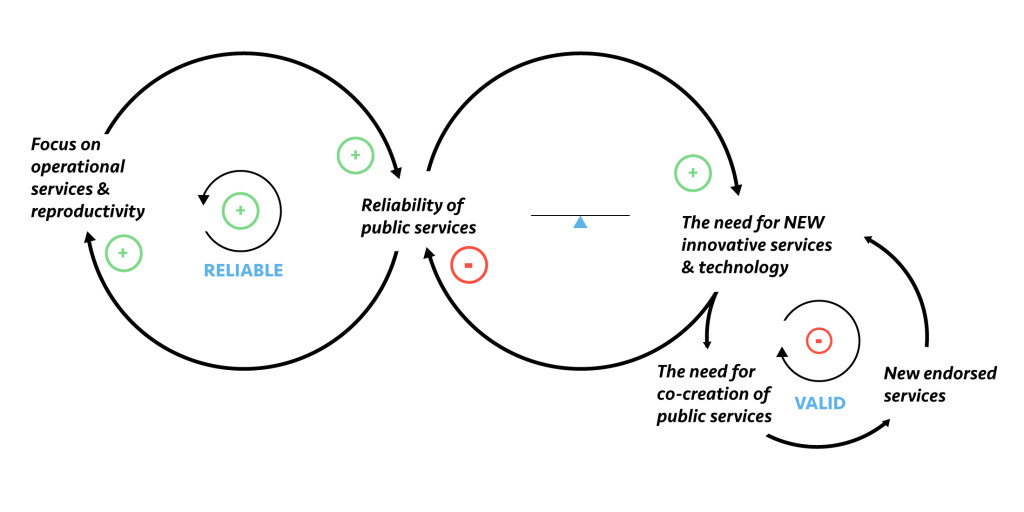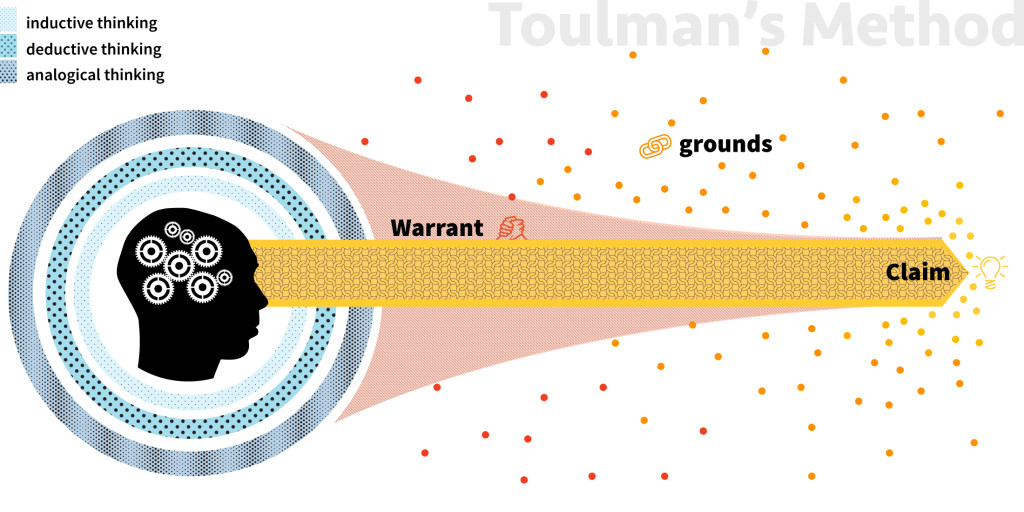Literature Review: Our Role as Disclosers
I have sectioned my literature Review into seven sections; Ontology, Coordination or Style, Our Role as Disclosers, Commitment, Breakdown, Disclosing New Technologies, Designing Disclosure .Have a look at my problem statement here.
This realisation of ourselves as disclosers is one of great importance, because we can disclose very important structures of our existence; of what it truly means to be human – but what does this realisation mean actually?
To understand our role as disclosers is to acknowledge that the basic structure of our existence is to disclose new worlds – that is to bring about new practices, concepts and ways of being. Through this disclosive process we also find fundamental structures of meaning in existence such as purpose, identity and will. This is to say that in finding ourselves in our situatedness, in our being-there we also find what the world is calling us to do, and how it is asking us to take action. To be authentic then is to engage in this dialogue with ourselves, our history and the world in which we are embedded; and to then act purposefully. This purposeful action can only be found with the central realisation as our role as disclosers.
The problem is that we take the world around us to be given, objective and inert; a world in which our intervention amounts to merely submitting to the common-sense structures of reality. This is because we do not see that everything around has been brought about through disclosure; everything is a result of the creative action of people just like us. This misapprehension comes about from one specific thing – that our practices for dealing with the world are founded in an objective and rational paradigm, whose focus is on allowing us to cope within an objective world. As Spinosa et al (1997) articulate:
“Our practices are designed for dealing with things, not for dealing with practices for dealing with things and especially not for dealing with the coordination of practices for dealing with things.” (Spinosa, Flores, & Dreyfus, 1997)
We do not normally sense that we are disclosers because we are interested in the things we disclose and not in the disclosing (Flores, Spinosa, & Dreyfus, 1998). If we shift our focus rather on the process of disclosure itself, we may possibly find a far more richer and purposeful existence and with this the capacity to disclose worlds which are relevant, plausible and contextually viable.
The point here is a somewhat subtle one – it is not that we are not disclosers (for that is undeniable), but rather it is that we are not aware of the ontological structures in which we disclose. Ontological designing then is a design process, which is aimed at unearthing the basic ontological structures of a context; and in this deconstruction finding the basic processes for the emergence of a new ontological structure.
Heidegger claims that a hallmark of Western disclosure has been one of dominance – that is to say that our disposition to the world around us is one of exploitation. This is the belief that we are configurations of power, that our focus has been on an expression where we seek to dominate being, rather than to understand it. This in turn, blocks off human sensitivity to the way life and situations are changing all the time; that we become unaware of our role as disclosers of being and instead supplant this role to one of dominance.
The attempt has always been to put our humanness in the center– not Being itself and thereby trying to gain a kind of conceptual control over Being. This falsely portrays us as subject to human creations where we think of Being as something, which we have control over. Heidegger (Heidegger, 1932) sees all form of philosophical thought as human-centred and anthropocentric, which he claims is where we have gone wrong. Therefore in Heidegger’s later works he proposes that the role of the discloser is to allow Being to disclose itself in itself rather than to attempt to impose our will upon it.
Heidegger ( 1996) claims that most of us live, according to the They, rather than according to our own authentic phenomena of existence. The They refers to the way we identify ourselves with what others or the public culture thinks about us (what ever they think) or simply put, what concepts we compare ourselves to. This also relates to objects of desire, which we want or are after (such as money and material things). Heidegger calls this the das Man self, which we may understand as an set of names, categories and labels, for example, “ I am a student”, or “I am wealthy” etc. The problem is that this conception of our self is inauthentic, in that it is not based on our historicity, our being-there. To find our authenticity then is exactly the opposite, to find ourselves (our being) in time (our history) – what Heidegger calls Dasein or the essential structure of existence.
In this way ontological designing begins with the question of being – not only who I am (our authenticity); but also what is asking to become. This last point is founded on an acknowledgement of the nature of Being as becoming – what we may call the second question of being: what is becoming? It is these two aspects of being ontological that are at the heart of the realisation of our role as disclosers.
With this we find purpose and meaning, in that we disclose what action we must take. This commitment is the necessary condition for disclosing new worlds and new ways of being (Spinosa et al., 2007); further this commitment can only be fostered through a invention within identity.









